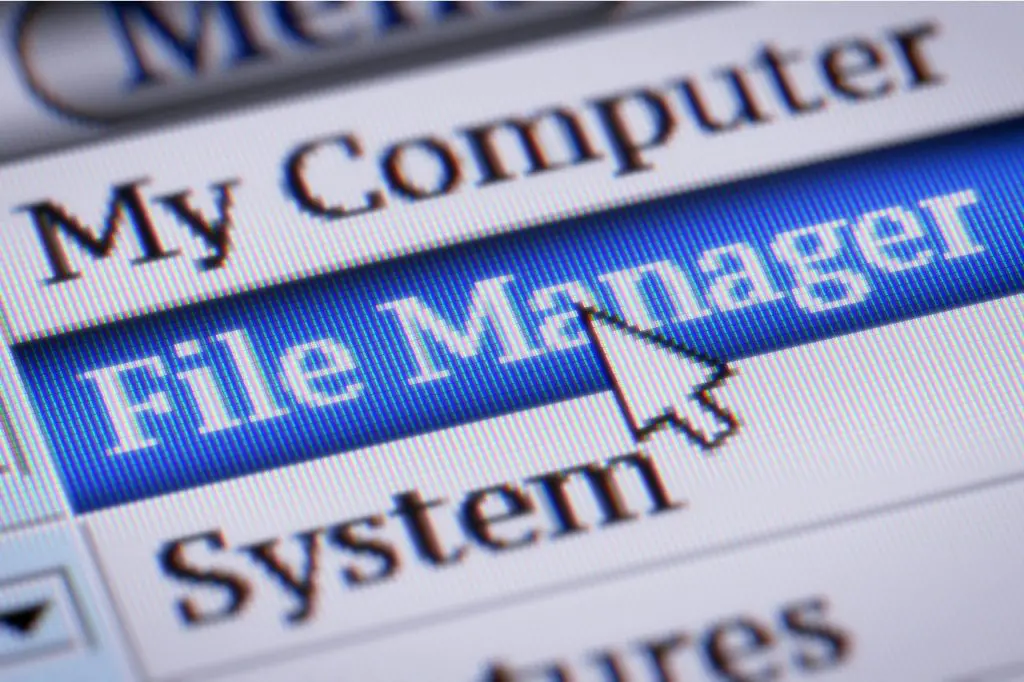In real estate, every transaction involves mountains of paperwork, from purchase agreements and deeds of sale to inspection reports and mortgage documents. The sheer volume of documents, coupled with the complexities of the industry, can make real estate document management quite a feat.
To overcome these challenges, you need to adopt best practices for managing documents, including strategies for organization, storage, and accessibility. You may also need to leverage digital solutions to help you digitize, streamline, and automate paperwork processes.
By managing documents effectively, you can focus on growing your business and providing excellent service to clients.
Table of Contents
Why Document Management Is Essential In Real Estate
Real estate document management plays a critical role in ensuring compliance with legal and regulatory requirements and maintaining accurate records of all activities. Here are some key reasons why document management is essential in real estate:
Compliance
As mentioned earlier, real estate transactions involve numerous legal documents, and it’s critical to ensure that all parties comply with the relevant laws and regulations. Document management is crucial to ensure that all necessary paperwork is collected, organized, and maintained promptly and accurately. This minimizes the risk of legal and compliance issues.
Risk mitigation
Most real estate transactions involve significant financial investments, and mistakes or oversights in the paperwork can lead to costly errors and omissions. Document management tools help mitigate risks associated with lost or misplaced documents and ensure that all parties can access the necessary documents when needed.
Time savings
A well-established real estate document management system helps you save time by automating many repetitive and time-consuming tasks. This includes document creation, organization, and storage.
Improved collaboration
There are so many parties involved in a real estate transaction, such as buyers, sellers, agents, lenders, and attorneys. With the right tools and processes, completing the transaction can be faster and easier. Proper document management can help all parties collaborate more effectively by enabling easy sharing and communication.
Record keeping
Proper document management ensures that all necessary documents are stored securely and can be easily retrieved. This is critical for maintaining accurate records and protecting against any potential legal disputes.

Best Practices For Document Management In Real Estate
Managing real estate documents can be a daunting task, but there are several tips that can make it more manageable. Here are some tips to help you stay organized:
Create a system for organizing documents
Establishing a system for organizing documents can make it easier to find and retrieve them when needed. This can include creating a folder structure and using consistent naming conventions.
Use document management software
Document management software provides a centralized location where you can manage and save your paperwork. Not only does this streamline your processes, but it also makes it easier for you to collaborate with others. In addition, it ensures that everyone is working with the latest version of each document.
Automate document creation
Creating and using templates for standard contracts can help simplify the document creation process. Moreover, it can help you save time and reduce the risk of errors. This can also help ensure all necessary clauses and provisions are included in the documents.
Use electronic signatures
Electronic signatures can simplify the document signing process and make tracking the status of signed documents easier. You can do away with the whole process of printing and mailing documents, which isn’t only time-consuming but also quite costly.
Establish document retention policies
While keeping copies of important documents is important, it’s also ideal to have a policy on when you should dispose of them and how. Establishing document retention policies can help ensure compliance with legal and regulatory requirements. This can also help reduce storage costs and minimize the risk of legal disputes.
Train staff on document management best practices
If you decide to introduce new tools and technologies to your processes, make sure that you provide your staff with proper onboarding and training. This can help ensure that everyone follows the same procedures and uses the system correctly. This can also help reduce the risk of errors and disputes.
Conduct regular document audits
Regular document audits can help ensure that all necessary documents are in order and comply with legal and regulatory requirements. This can also help identify any missing or outdated documents.

Tools And Technology For Streamlining Real Estate Document Management
There are several tools and technologies available that can help streamline real estate document management. Here are some examples:
Document management software
Document management software can automate tedious tasks like document creation, organization, and storage. These tools can also facilitate collaboration between multiple parties involved in the transaction and improve security and version control.
Electronic signature software
Electronic signature software can significantly reduce the time and cost associated with signing real estate documents. These tools allow parties to sign documents electronically, which means you do not have to scan, print, and mail documents.
Customer relationship management software
Customer relationship management (CRM) software helps real estate agents and brokers manage client information, including contact details, transaction history, and documents. This can help agents and brokers stay organized and easily retrieve documents when needed.
Virtual transaction management platforms
Virtual transaction management platforms help agents and brokers manage the entire real estate transaction process, including document management, task management, and communication with clients and other parties involved in the transaction.

Simplify Real Estate Document Management With Fill
Fill is a powerful document management tool designed specifically for real estate professionals. With Fill, you can create, edit, and store all your real estate documents in one central location with ease and confidence. It’s also easier for you to automate many of your tedious and time-consuming tasks, like tracking signatures and sending reminders to clients.
One of the best features of Fill is its eSignature functionality. With Fill, you can easily collect signatures from all the parties involved in the transaction, saving you time and hassle. You can even sign documents from your mobile device, making it easy to complete transactions on the go.
Another great feature of Fill is its integration with popular real estate software platforms. This means that you can easily sync your real estate documents with other systems, reducing the risk of errors and ensuring that all your documents are up to date.
Sign up for Fill today and experience the benefits of easy, efficient real estate document management.




